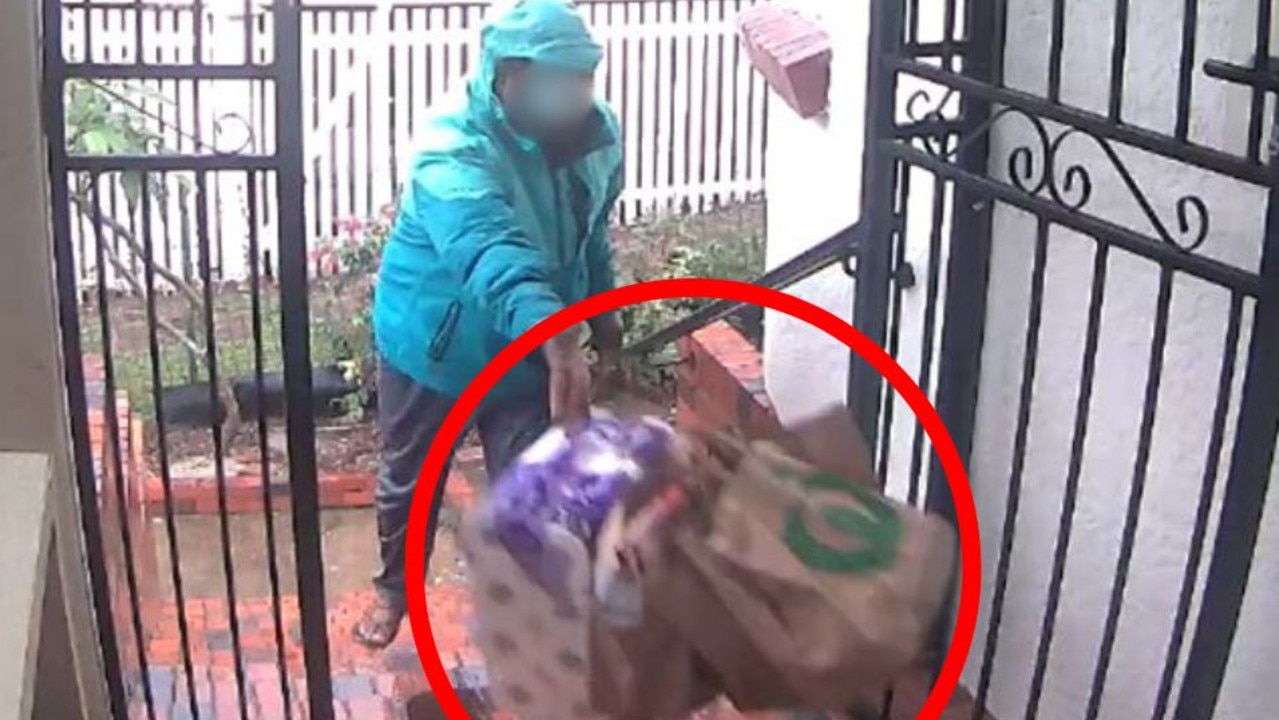Huge twist in ‘evil’ Lucy Letby baby serial killer case
There have been explosive new claims about Britain’s most notorious baby killer Lucy Letby. WARNING: Distressing
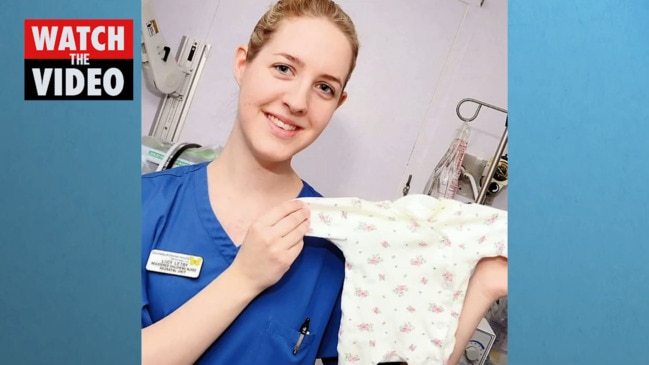
Warning: Distressing
A handful of experts have cast doubt on whether Britain’s most prolific child killer is truly guilty after sharing some explosive new claims.
Former British neonatal nurse Lucy Letby, also known as the ‘Angel of Death’, was found guilty in November 2020 of murdering seven newborn infants under her care and attempting to kill seven more.
The 34-year-old worked at the Countess of Chester Hospital in Chester, UK, at the time of the infants’ deaths, with the crimes spanning from June 2015 to June 2016.
The grisly details of the case captivated people across the world and attracted an onslaught of international media attention.

Letby, who was sentenced to life in prison, has always maintained her innocence and has attempted to appeal her convictions to no avail.
But now, several experts have come forward to cast doubts over the evidence used to convict her.
Questioning the case
A key piece of evidence used by prosecutors that has been called into question was a chart showing Letby was the only nurse on duty during all 25 suspicious cases.
“People get the wrong end of the stick with statistics,” the University College London’s Professor of Statistical Science John O’Quigley told The Guardian.
“In my opinion there was nothing out of the ordinary statistically in the spike in deaths, and all the shift chart shows is that when Letby was on duty, Letby was on duty,” Prof O’Quigley said.
It was reported other neonatal deaths occurred during the same time span when Letby was not working, however these were left off the chart.

Criminology professor emeritus at Birmingham City University David Wilson told The Telegraph he believes the data on the chart was “cherrypicked.”
During the trial, prosecutors highlighted a stack of eerie handwritten notes that were found in Letby’s home, in which she had written that she had “killed them on purpose” and that she was evil.
Medical experts also came forward to testify the babies who were harmed either suffered an embolism from being injected with air or had been poisoned with insulin.
Consultant pediatrician Dr Dewi Evans was the lead witness for the prosecution during the trial and performed an analysis of the cases of babies Letby was accused of harming.
It was later reported his theory stemmed from a 1989 paper that analysed air embolism in dozens of newborns, finding that they caused skin discolouration.
This was also observed in some of the babies that were said to be connected to Letby.
However, one of the doctors who co-wrote the paper, Dr Shoo Lee testified at Letby’s appeal but not at her first trial, and pushed back on the prosecution’s claim that discolouration in the babies indicated an air embolism.
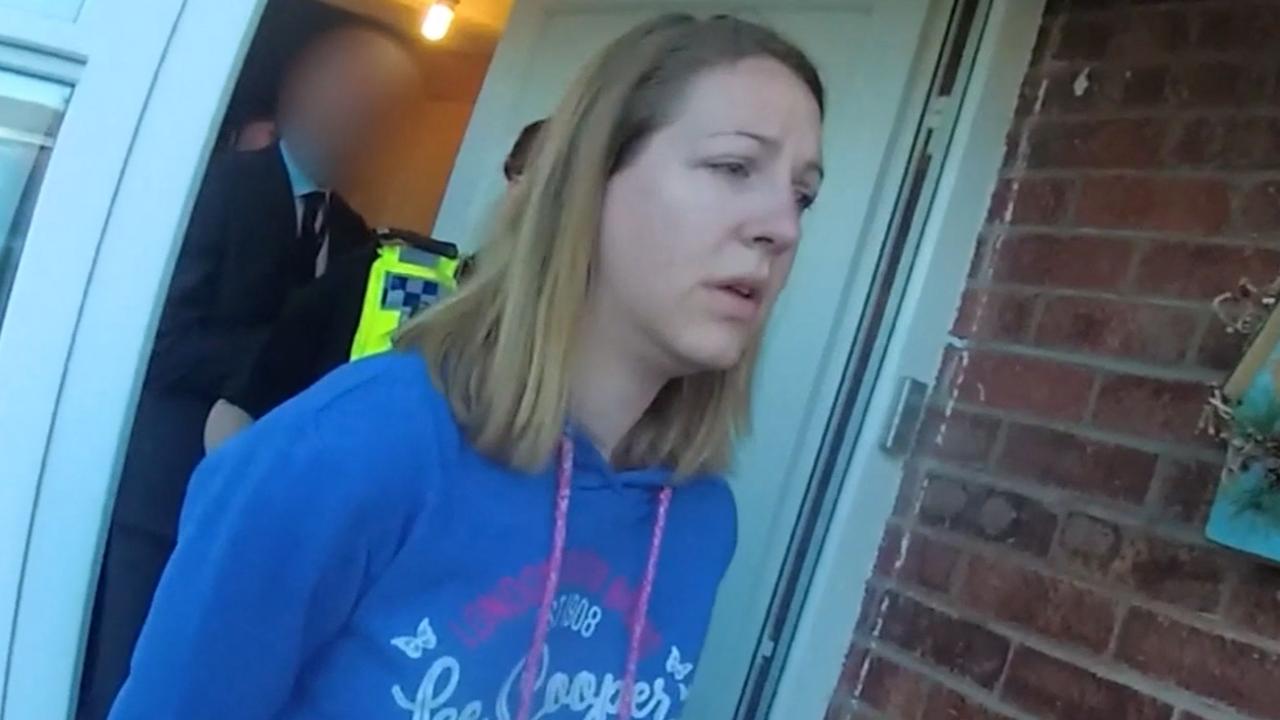
Speaking to The Guardian, he claims he did not believe the discolourations were caused by an air embolism. However, the outlet reported this testimony was not admitted by the Court of Appeal, with judges ruling Letby’s lawyer could have called him during the trial and that the skin discolouration issue was not the only piece of evidence to indicate an embolism.
Retired neonatologist Michael Hall was approached by The New Yorker after he was expected to be asked to testify during trial, however he was never called upon.
He stated he would have highlighted what he believes were “flaws” in the air embolism theory and what he says were undetected signs of illness in the babies.
Letby was also convicted of attempting to kill two babies by injecting them with synthetic insulin, which was backed by blood tests showing drops in blood sugar for the two infants, who both survived.
However, it was reported by The Telegraph the blood samples were not tested in a forensic lab and were disposed of before the defence had the chance to re-test it, as foul play was not originally suspected.
A forensic toxicologist at a Swedish university Alan Wayne Jones claims the blood tests were “not sufficient” for prosecution.

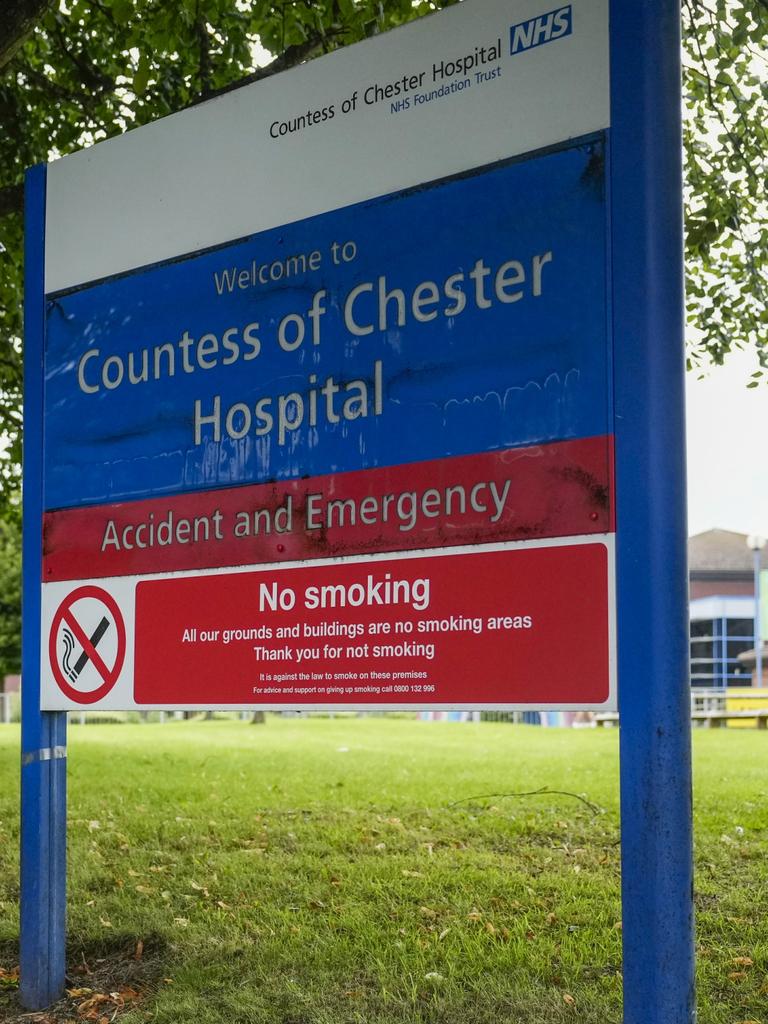
“Insulin is not an easy substance to analyse, and you would need to analyse this at a forensic laboratory, where the routines are much more stringent regarding chain of custody, using modern forensic technology,” he told The New Yorker.
The magazine also claimed hospital staff were overworked during the time of the infants’ deaths and that sanitary conditions were poor.
Problems with the NHS
Letby was arrested three times over the horrific crimes, once in 2018 and again in 2019, where she was released on both counts. Following her 2020 arrest, she was remanded in custody.
According to prosecutors, the key witness at her second trial was a doctor who claimed he saw her standing next to an infant whose oxygen levels were dropping and did nothing about it.
They intervened but sadly, the baby died three days later at a different hospital.
Despite Letby exhausting the appeals process, the case could be reinvestigated by the Criminal Cases Review Commission, which has the ability to refer the case back to an appeals court if they find new evidence that could have changed the jury’s verdict had they known about it.
British author and a former politician Nadine Dorries told the Daily Mail her two children were born in the hospital which she claims was fraught with issues, adding that she holds doubts about Letby’s guilt.
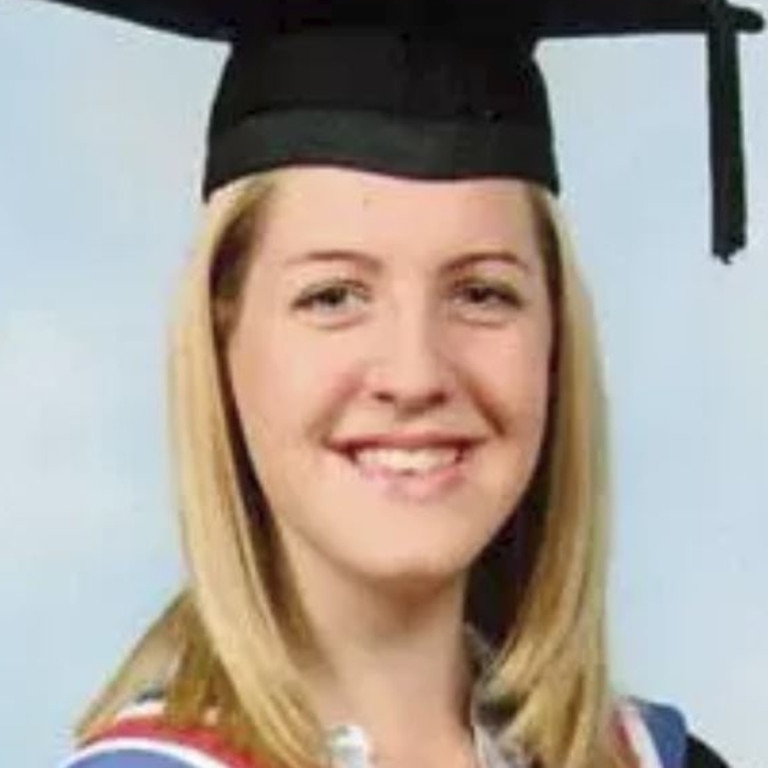
“Clusters of baby deaths are sadly not uncommon in the NHS. However, they do not necessarily point to child murderers, but rather to deep systemic failures that let parents down time and time again,” Ms Dorries told the outlet.
“I gave birth to two of my three daughters at the Countess of Chester Hospital where Letby later worked.
“The care I received with my firstborn was cruel, devoid of compassion and unprofessional. A traumatic rather than joyful experience,” she said.
“As a former nurse myself and, until recently, the minister directly responsible for maternity neonatal services and overall patient safety, I have spoken to many parents who had once held their longed-for but lifeless baby in their arms. I have never forgotten those conversations.
“The infant mortality rate in the UK is 30 per cent higher than the median across EU countries, and many babies have died due to catastrophic failings in the NHS services that were supposed to protect them.”
The 67-year-old said that she did not think Letby could be a “serial killer” due to her background and cast doubt on the handwritten notes she wrote that suggested guilt.
“Looked at from the perspective of a conscientious nurse who took her vocation seriously, they read like the ramblings of someone who felt tortured by the situation she found herself in and in despair at being unable to save the patients in her care,” Ms Dorries said of the damning notes Letby wrote about her alleged crimes.
“She was overworked and over relied upon. Nor was there anything in Letby’s background that profiled her as a serial killer.
“She seemed to be well-brought up, highly experienced and mentally sound: a woman who had wanted to train as a nurse since she was a teenager, who had good friends and was respected by her colleagues,” she said.
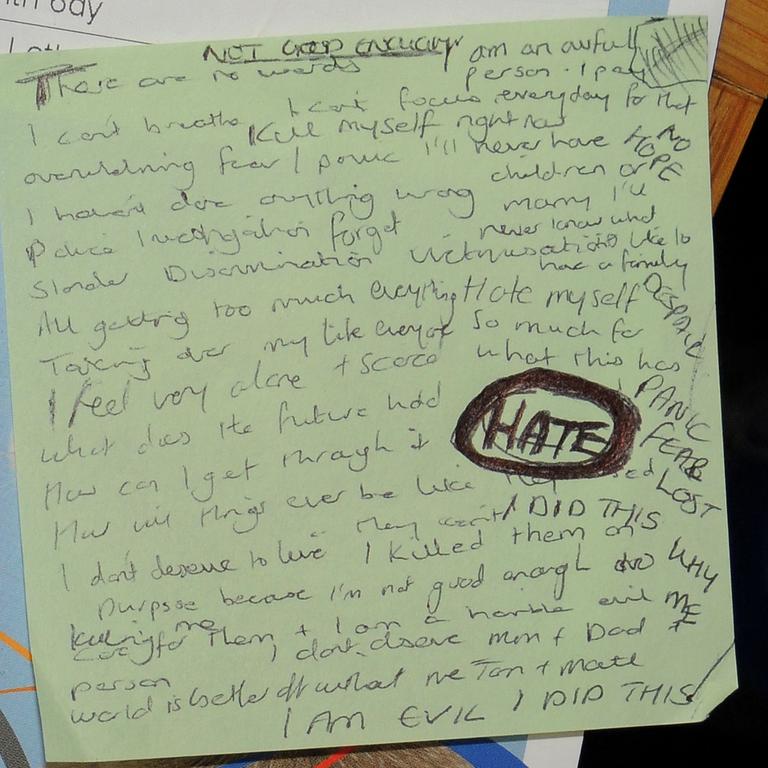
A normal childhood
Letby was the only child of doting furniture salesman John, and accounts clerk Susan.
She grew up in a quiet cul-de-sac in the picturesque cathedral city of Hereford, close to the England-Wales border.
At the time of her first arrest in July 2018, neighbours told of their shock as police searched her childhood home just days after Letby and her parents returned from holiday.
She attended a local comprehensive school before moving on to study at Hereford Sixth Form College, where former friends described her as one of the “geeky girls” who was part of a self-styled group known as the “miss-match family”.
Always dreaming of becoming a nurse and the first in her family to go to university, Letby went on to study in Chester, where friends said she was always the first home on a night out.
One fellow student remembered Letby as part of a group who “weren’t girly girls who always partied, but were all very focused on their studies and loved it”.
Her reign of terror at the hospital was finally discovered after her colleagues grew suspicious of the “significant rise” in the number of babies dying or suffering “catastrophic” collapses.
Letby was found to be the “common denominator” that linked all the deaths and collapses.

Police searched her three-bedroom home on July 3, 2018, after she was arrested and discovered a chilling cache of evidence.
The nurse had scribbled haunting notes in diaries and on Post-It notes, including one that read: “I am evil I did this.”
“I don’t deserve to live,” another read.
“I killed them on purpose because I’m not good enough to care for them. I am a horrible person.”
Speaking after the guilty verdict, Senior Crown Prosecutor Nicola Wyn Williams, of CPS Mersey-Cheshire’s Complex Casework Unit expressed relief.
“Lucy Letby has continually denied that she tried to kill this baby or any of the babies that she has been convicted of murdering or attempting to murder,” Ms Wyn Williams said.
“The jury has heard all of the detailed evidence including from her in her own defence and formed its own view.
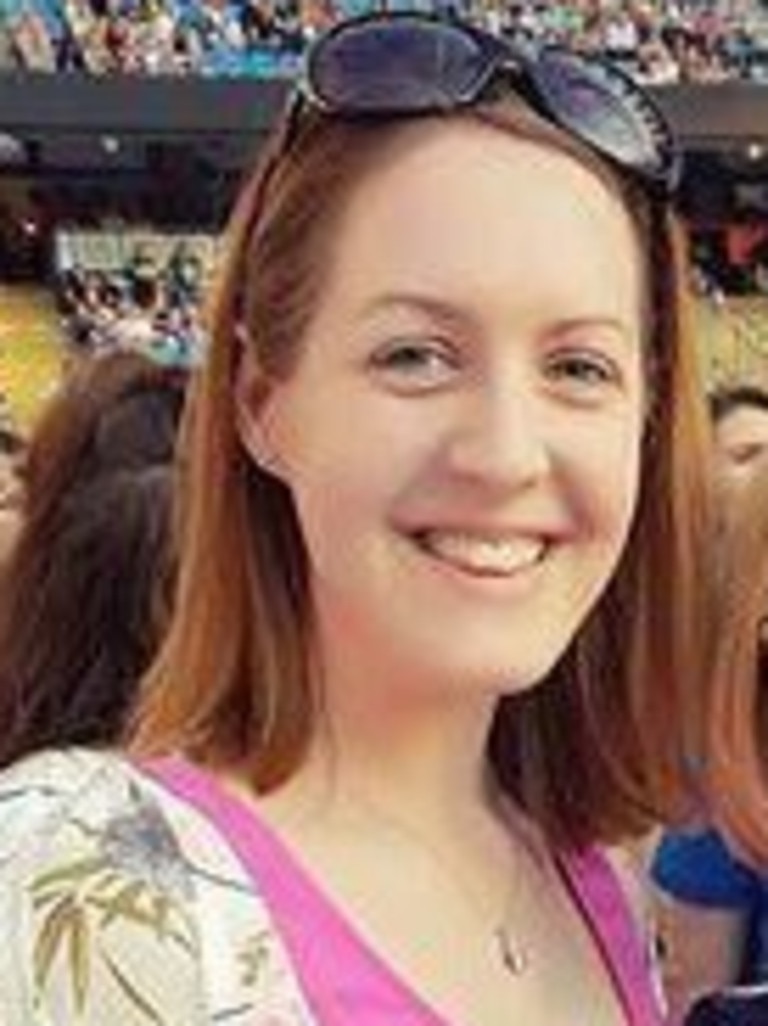
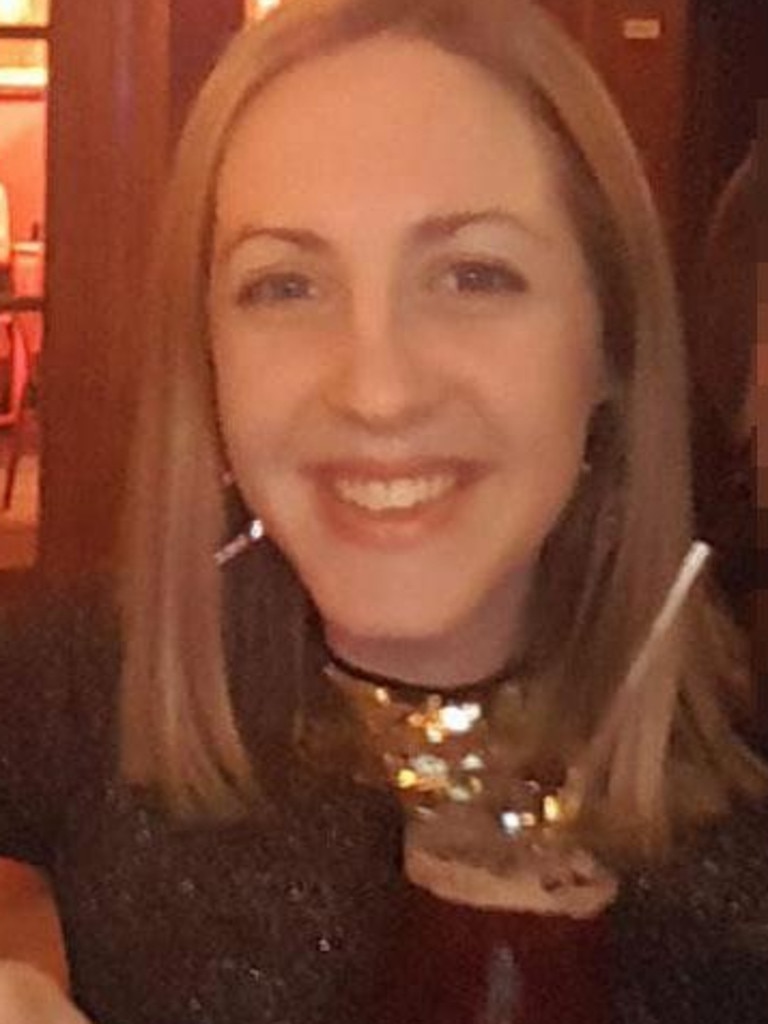
“Our case included direct evidence from a doctor who walked into the nursery to find a very premature baby de-saturating with Letby standing by, taking no action to help or to raise the alarm.
“She had deliberately dislodged the breathing tube in an attempt to kill her,” she said.
“Staff at the unit had to think the unthinkable – that one of their own was deliberately harming and killing babies in their care.
More Coverage
“Letby dislodged the tube a further two times over the following few hours in an attempt to cover her tracks and suggest that the first dislodgement was accidental. These were the actions of a cold-blooded, calculated killer.
“The grief that the family of Baby K have felt is unimaginable. Our thoughts remain with them and all those affected by this case at this time.”
— With The Sun





